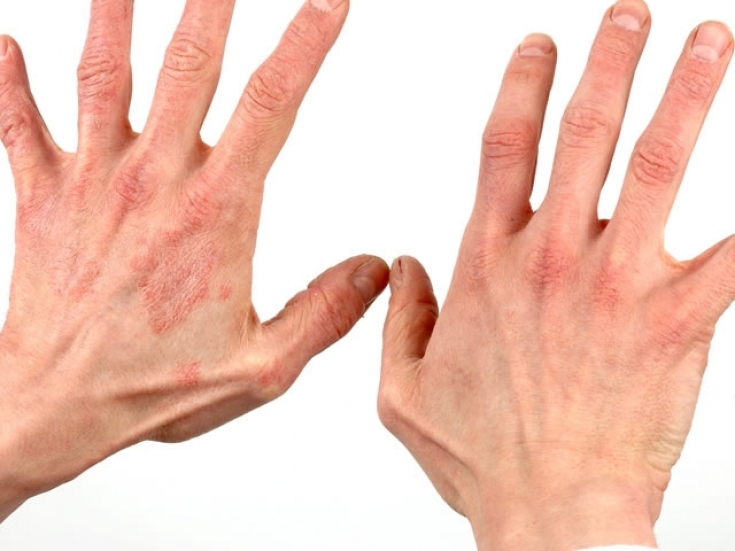Face and hands — these are those parts of the body that are constantly in sight, and therefore any disease that manifests itself in these areas causes not only physical, but also psychological discomfort. Hands are constantly in contact with various environmental agents, which often results in the development of pathological processes. It can be both infectious diseases and hypersensitivity reactions. All hand diseases can be divided into three large groups: infectious lesions, allergic and autoimmune diseases. Read more about these nosologies on estet-portal.com in this article.
Characteristic clinical picture of diseases of the skin of the hands
The clinical picture of hand skin diseases is not much different from skin diseases in general. The main symptoms of diseases in this area include: redness, the appearance of spots and rashes on the skin, pigmentation disorders, peeling of the skin, changes in the structure and color of the nails, itching, as well as cracks and ulcers.
The occurrence of any changes on the skin of the hands may be due to improper care, or it may be a sign of the development of a serious pathology.
Timely diagnosis allows you to establish the true cause of the disease, which makes treatment faster and more effective.
Diseases of the skin of the hands:
• major allergic diseases of the skin of the hands;
• diseases of the skin of the hands: infectious lesions;
• major autoimmune diseases of the skin of the hands.
The main allergic diseases of the skin of the hands
Diseases of the skin of the hands of allergic etiology — These are contact dermatitis and atopic eczema. Both diseases can occur as a result of exposure to an allergen on the skin of the hands, they are also clinically similar: redness and itching, rash and peeling of the skin, cracks appear. The main allergens that can provoke the development of contact dermatitis or atopic eczema — these are latex, household chemicals, jewelry made of various materials. Treatment consists of antihistamines, topical corticosteroids, and avoiding re-exposure to the allergen. If the influence of the atopic factor cannot be eliminated - a long course of desensitizing therapy is carried out. In the case of allergic lesions of the hands, it is important to conduct a differential diagnosis with infectious and autoimmune diseases.

The first place among infectious diseases of the skin of the hands is occupied by fungal infections. Clinically, the disease is manifested by such changes as:
• appearance of dark or light spots on the skin;
• skin peeling;
• scalloped lesion margins;
• changes in the color and shape of the nails.
A fungal infection is diagnosed based on the clinical picture and the study of scrapings. Treatment should be complex, including local and systemic antifungal drugs.
Bacterial infections rarely affect only the skin of the hands, are accompanied by intoxication and tend to spread rapidly.
Major autoimmune skin diseases of the hands
The most common autoimmune skin disease of the hands — it's psoriasis. It is characterized by the appearance of pink plaques and spots on the skin that peel off, as well as severe itching. This disease is treated with topical steroids, retinoids, topical vitamin D and phototherapy.
For a very long time, damage to the nails and hands may be the only manifestation of psoriasis.
Another hand skin disease with an autoimmune etiology— This is vitiligo, in which there is a violation of pigmentation due to the destruction of melanin. Fortunately, the foci of depigmentation do not cause discomfort to the patient, but are only a cosmetic defect.
Read also:
Panaritium on the arm: dangers and consequences of the disease








Add a comment